Code
HCS26431
Weight
500 gm / 1.1 lbs
Size
Height
12cm (5") Width
12cm (5") Depth
4cm (2") Material
Copper
Availability
Available

Safe Payment
We accept Paypal, Money Transfer, Bank Transfer
Confidence
Protection covers your purchase and personal data.
Worldwide Delivery
We ship Worldwide, except Russia.Shipping cost US$25.2 for upto 0.5 kgs

Hotline
Talk to help line for your question on 9841267335About Chocolate Oxidized
This Tibetan Buddhist Tantric Statue Of Akash Yogini, [oxidized] has been meticulously treated with a chocolate color antique patina. The intention behind this patina is to replicate the appearance of a copper statue that has gracefully aged over a century. Unlike a simple coat of paint, this patina is not applied superficially and is designed to endure. It undergoes an artificial oxidation process that adds depth and character, while also serving as a protective layer against natural oxidation.
By imitating the natural aging process, the chocolate color antique patina lends an air of authenticity and vintage charm to the Tibetan Buddhist Tantric Statue Of Akash Yogini, [oxidized]. This carefully crafted finish ensures that the patina remains intact for an extended period, offering longevity and resistance to wear. The result is a unique piece that captures the essence of a time-worn copper statue, evoking a sense of history and artistic heritage.
This Tibetan Buddhist Tantric Statue Of Akash Yogini, [oxidized] has been meticulously treated with a chocolate color antique patina. The intention behind this patina is to replicate the appearance of a copper statue that has gracefully aged over a century. Unlike a simple coat of paint, this patina is not applied superficially and is designed to endure. It undergoes an artificial oxidation process that adds depth and character, while also serving as a protective layer against natural oxidation.
By imitating the natural aging process, the chocolate color antique patina lends an air of authenticity and vintage charm to the Tibetan Buddhist Tantric Statue Of Akash Yogini, [oxidized]. This carefully crafted finish ensures that the patina remains intact for an extended period, offering longevity and resistance to wear. The result is a unique piece that captures the essence of a time-worn copper statue, evoking a sense of history and artistic heritage.
Ceramic Molding System
The Tibetan Buddhist Tantric Statue Of Akash Yogini, [oxidized] has been crafted using the Ceramic mold casting process, a modern approach that provides an alternative to traditional methods such as the lost-wax system or rubber molding. Also referred to as ceramic molding, this technique involves the creation of a ceramic mold to cast the statue. The process begins by making a precise and detailed wax model of the desired sculpture. The wax model is then coated with layers of ceramic material, creating a sturdy mold. Once the mold is complete, it is fired in a kiln, causing the wax to melt and escape, leaving behind a cavity that perfectly replicates the original sculpture. Molten metal is then poured into the mold, allowing it to fill the cavity and take on the desired form. Once cooled and solidified, the ceramic mold is carefully broken away, revealing the final metal statue. Read More . . .
The Tibetan Buddhist Tantric Statue Of Akash Yogini, [oxidized] has been crafted using the Ceramic mold casting process, a modern approach that provides an alternative to traditional methods such as the lost-wax system or rubber molding. Also referred to as ceramic molding, this technique involves the creation of a ceramic mold to cast the statue. The process begins by making a precise and detailed wax model of the desired sculpture. The wax model is then coated with layers of ceramic material, creating a sturdy mold. Once the mold is complete, it is fired in a kiln, causing the wax to melt and escape, leaving behind a cavity that perfectly replicates the original sculpture. Molten metal is then poured into the mold, allowing it to fill the cavity and take on the desired form. Once cooled and solidified, the ceramic mold is carefully broken away, revealing the final metal statue. Read More . . .
Brief Introduction :
Vidyadhari, the 'Knowledge Holder', manifests as one of the four principal aspects of Vajrayogini in the Newar Buddhist tradition, where she is commonly known as Bijeshwori Devi, or Akash-yogini, the Sky (Skt. akasha) or Space-going aspect of the goddess Vajrayogini. The Bijeshwori temple in Kathmandu is situated above the western bank of the Bishnumati River on the road to Swayambhu, and its Newar name is derived from Vidhyeshvari, meaning the âWisdom Goddess'. The presiding goddess of this temple is specifically associated with the Indian Mahasiddha Maitripa, who practiced and attained the realization of this flying aspect of Vajrayogini at this site, so she is also known as Maitri-dakini, or Maitri-khechari.
Full Description :The temple of Bahal Bidjeshwori was once at the centre of a great cremation ground that was sacred to Vajravarahi, and its main image was Bhagavani Devi Vidyadhari Viramante, the âDivine Pleasure-giving Knowledge Holder Goddessâ. She is the heart-dakini of Maitripa, who brought this symbol of his realization from India. On the right side of the goddess is Urdhvapada Varahi, with her left leg extended high in the sky to Brahmaloka, and her other foot pressing down upon a golden Maheshvara. On her left side is Vajravarahi (Tib. Dorje Palmo), and then the twelve-year-old virgin form of Vajrayogini as Naropaâs Dakini (Skt. Naro Khechari) or Chakreshvari, the consort of Chakrasamvara.
In the Newar Buddhist tradition the four aspects of Vajrayogini appear as the four âHeart Yoginisâ that form the inner circle of Great Bliss of the Chakrasamvara and Vajravarahi mandalas. These are:
(1) Vajrayogini as Naropaâs Dakini or Naro Khandroma, whose temple is located at Shanku.
(2) Vajravarahi as Indrabhutiâs Dakini, or Indra Yogini, whose temple is located at Guhyeshvari.
(3) The âRaised Footâ form of Vajrayogini, whose temple is located at Pharphing.
(4) Vajrayogini as Akash Yogini or Vidyadhari, whose temple is located at Bijeshwori.
Vidyadhari Vajrayogini is beautiful, playful and lusty, and youthful like a sixteen-year-old. She is the colour of a red hibiscus flower, with three lotus-like eyes, and an expression that combines the sentiments of passion and slight wrath. She is shown leaping into space in the flying posture of a sky-going dakini, with her right leg bent back at the knee, and her right leg extended in âraised footâ (Skt. urdhvapada) posture and held in the crook of her left arm, such that her thighs are fully splayed. Her nubile body is perfect in proportion, with a narrow waist, and firm round breast with aroused nipples.
Her long tresses of black hair flow freely behind her back, and her head is adorned with a golden crown of five jewel-topped and carved white skulls, with loops of bone beads hanging beneath below each little skull. She wears the golden ornaments of jeweled earrings, a heavy neck choker decorated with the serpent-devouring head of a garuda, wide Newar bracelets, armlets, anklets, and finger rings. A golden breast ornament loops around her chest, with small coins hanging from its upper thread, little round bells from its lower thread, with a small endless knot and reliquary box (Tib. gau) joining the threads together between her breasts. From her golden belt hang the sixty-four filigree beaded strands of her bone apron, the joined loops of which are embellished with pendant-emblems of auspicious symbols and swans, with the large pendant near her right knee displaying a small carved image of the goddess Vidyadhari herself. An embellished Newar medallion on a long silver chain swings out behind her neck, and around her shoulders she wears a long garland of dry white skulls that are described as being fifty in number.
Vidyadhari's face is inclined upward to her left as she drinks a stream of fresh blood from the tilted skull-cup she holds in her left hand. Her drinking of blood symbolizes that she is consumed with great bliss, and her inclined posture of flying towards the left represents the importance placed upon 'left-hand rituals' within the yogini or mother-tantra traditions. With her lowered right hand she circles a vajra-handled curved knife towards the ten directions, with her index finger raised in the threatening tarjani gesture, symbolizing that she terrorizes all obstructive demons. Across her left shoulder she carries the golden staff of her tantric-staff or khatvanga, which is equal in height to her own body and represents her male consort, Chakrasamvara. The top of her khatvanga is sealed with a golden crossed-vajra and a nectar vase, the impaled blue head of Bhairava, a freshly severed head, a dry white skull, and a crowning half-vajra. A billowing silk ribbon, and a damaru and bell hang from a chain near the top of the khatvanga's shaft.
In the Newar Buddhist tradition the four aspects of Vajrayogini appear as the four âHeart Yoginisâ that form the inner circle of Great Bliss of the Chakrasamvara and Vajravarahi mandalas. These are:
(1) Vajrayogini as Naropaâs Dakini or Naro Khandroma, whose temple is located at Shanku.
(2) Vajravarahi as Indrabhutiâs Dakini, or Indra Yogini, whose temple is located at Guhyeshvari.
(3) The âRaised Footâ form of Vajrayogini, whose temple is located at Pharphing.
(4) Vajrayogini as Akash Yogini or Vidyadhari, whose temple is located at Bijeshwori.
Vidyadhari Vajrayogini is beautiful, playful and lusty, and youthful like a sixteen-year-old. She is the colour of a red hibiscus flower, with three lotus-like eyes, and an expression that combines the sentiments of passion and slight wrath. She is shown leaping into space in the flying posture of a sky-going dakini, with her right leg bent back at the knee, and her right leg extended in âraised footâ (Skt. urdhvapada) posture and held in the crook of her left arm, such that her thighs are fully splayed. Her nubile body is perfect in proportion, with a narrow waist, and firm round breast with aroused nipples.
Her long tresses of black hair flow freely behind her back, and her head is adorned with a golden crown of five jewel-topped and carved white skulls, with loops of bone beads hanging beneath below each little skull. She wears the golden ornaments of jeweled earrings, a heavy neck choker decorated with the serpent-devouring head of a garuda, wide Newar bracelets, armlets, anklets, and finger rings. A golden breast ornament loops around her chest, with small coins hanging from its upper thread, little round bells from its lower thread, with a small endless knot and reliquary box (Tib. gau) joining the threads together between her breasts. From her golden belt hang the sixty-four filigree beaded strands of her bone apron, the joined loops of which are embellished with pendant-emblems of auspicious symbols and swans, with the large pendant near her right knee displaying a small carved image of the goddess Vidyadhari herself. An embellished Newar medallion on a long silver chain swings out behind her neck, and around her shoulders she wears a long garland of dry white skulls that are described as being fifty in number.
Vidyadhari's face is inclined upward to her left as she drinks a stream of fresh blood from the tilted skull-cup she holds in her left hand. Her drinking of blood symbolizes that she is consumed with great bliss, and her inclined posture of flying towards the left represents the importance placed upon 'left-hand rituals' within the yogini or mother-tantra traditions. With her lowered right hand she circles a vajra-handled curved knife towards the ten directions, with her index finger raised in the threatening tarjani gesture, symbolizing that she terrorizes all obstructive demons. Across her left shoulder she carries the golden staff of her tantric-staff or khatvanga, which is equal in height to her own body and represents her male consort, Chakrasamvara. The top of her khatvanga is sealed with a golden crossed-vajra and a nectar vase, the impaled blue head of Bhairava, a freshly severed head, a dry white skull, and a crowning half-vajra. A billowing silk ribbon, and a damaru and bell hang from a chain near the top of the khatvanga's shaft.


![Tibetan Buddhist Tantric Statue Of Akash Yogini, [oxidized]](https://handicraftseller.com/uploads/pics/product/thumb/2022/10/26431.jpg)
![Tibetan Buddhist Tantric Statue Of Akash Yogini, [oxidized]](https://handicraftseller.com/uploads/pics/product/thumb/2022/10/26431_0.jpg)
![Tibetan Buddhist Tantric Statue Of Akash Yogini, [oxidized]](https://handicraftseller.com/uploads/pics/product/thumb/2022/10/26431_1.jpg)
![Tibetan Buddhist Tantric Statue Of Akash Yogini, [oxidized]](https://handicraftseller.com/uploads/pics/product/thumb/2022/10/26431_2.jpg)

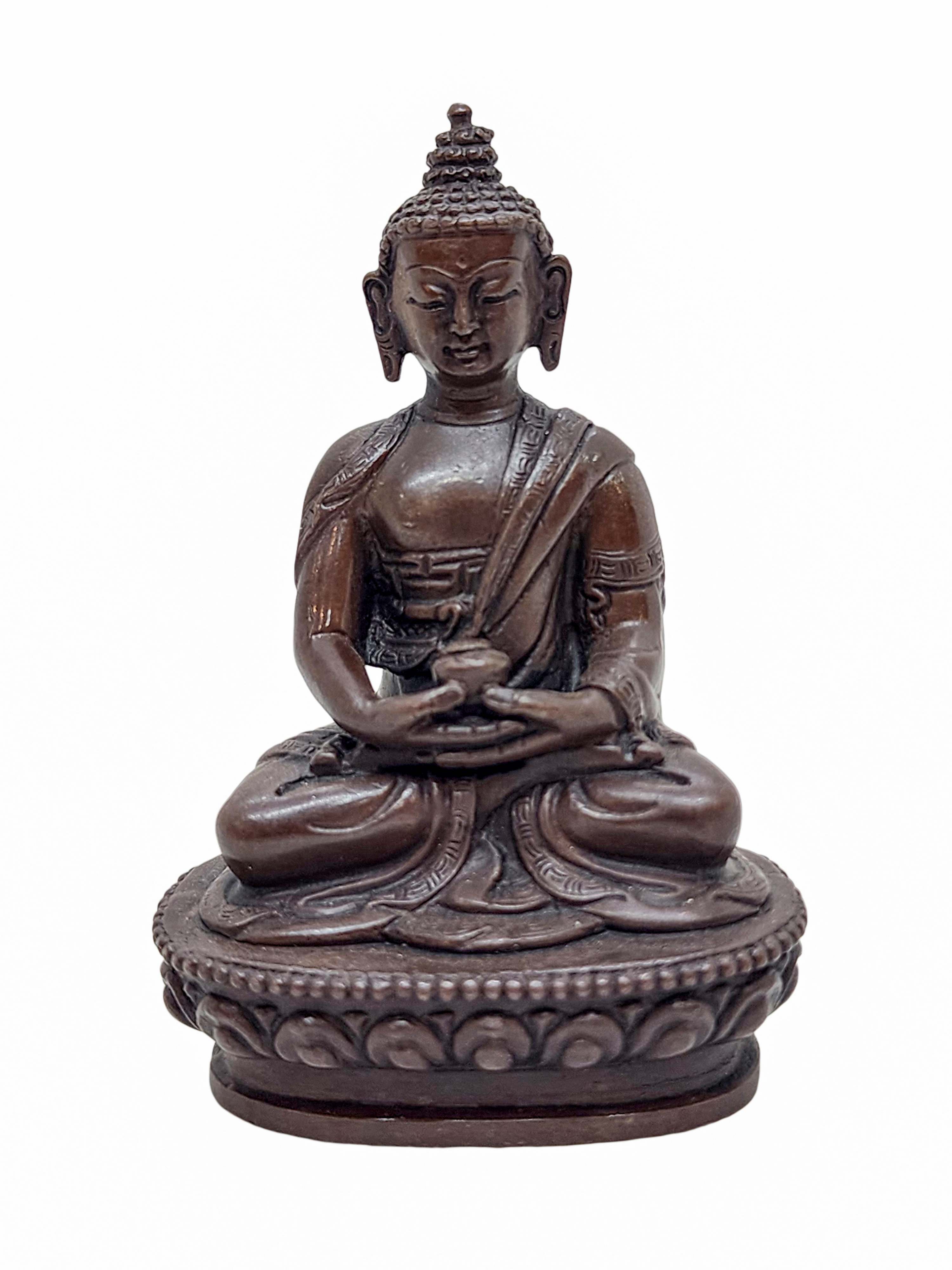 Amitabha Buddha, Small High Quality Statue,
Amitabha Buddha, Small High Quality Statue, 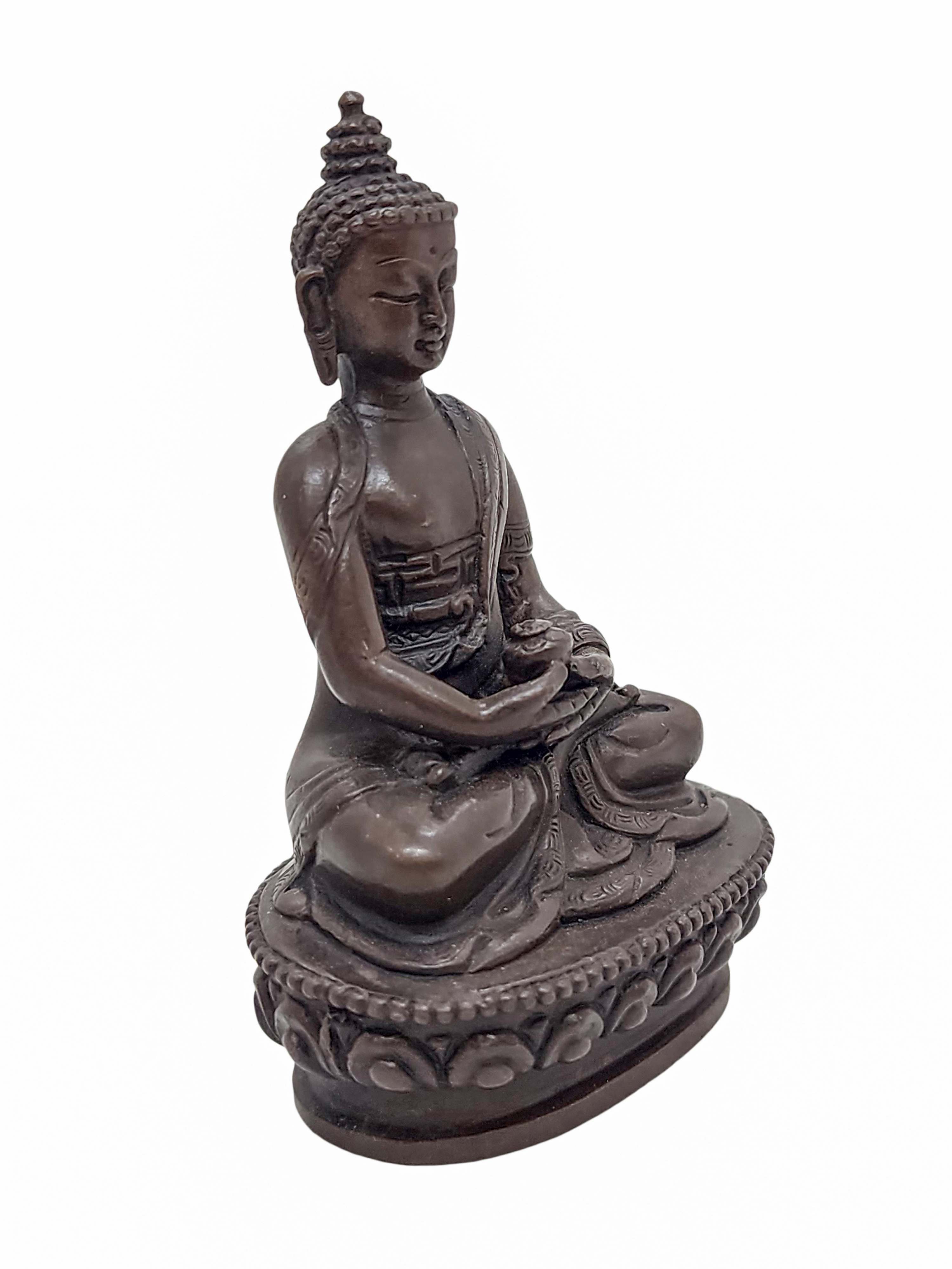 Amitabha Buddha, Small High Quality Statue,
Amitabha Buddha, Small High Quality Statue, 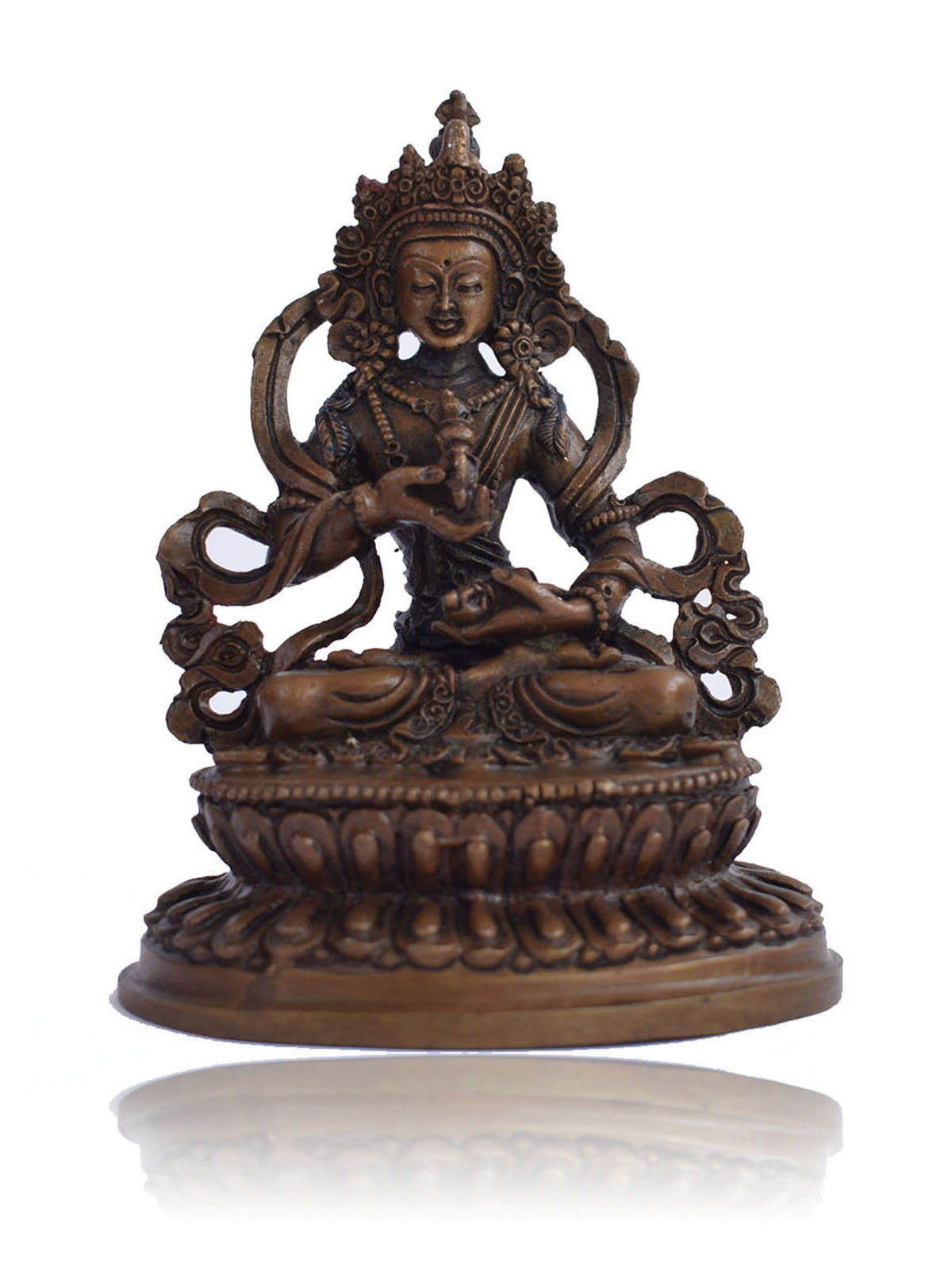 of Vajrasattva, On Double Lotus Base
of Vajrasattva, On Double Lotus Base 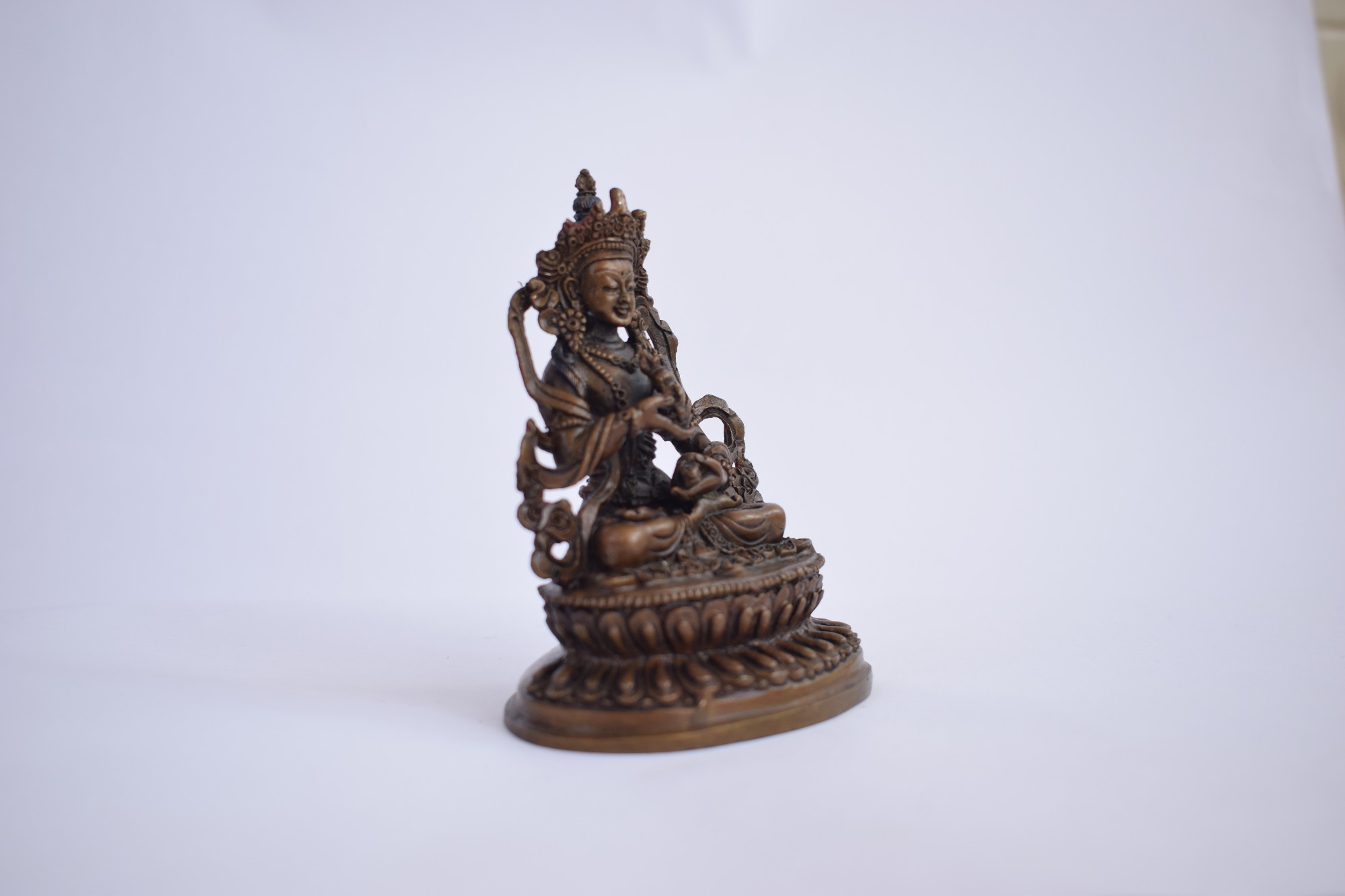 of Vajrasattva, On Double Lotus Base
of Vajrasattva, On Double Lotus Base  of Simhamukha Yogini, Senge Dongma Chocolate Oxidized" title="Statue
of Simhamukha Yogini, Senge Dongma Chocolate Oxidized" title="Statue 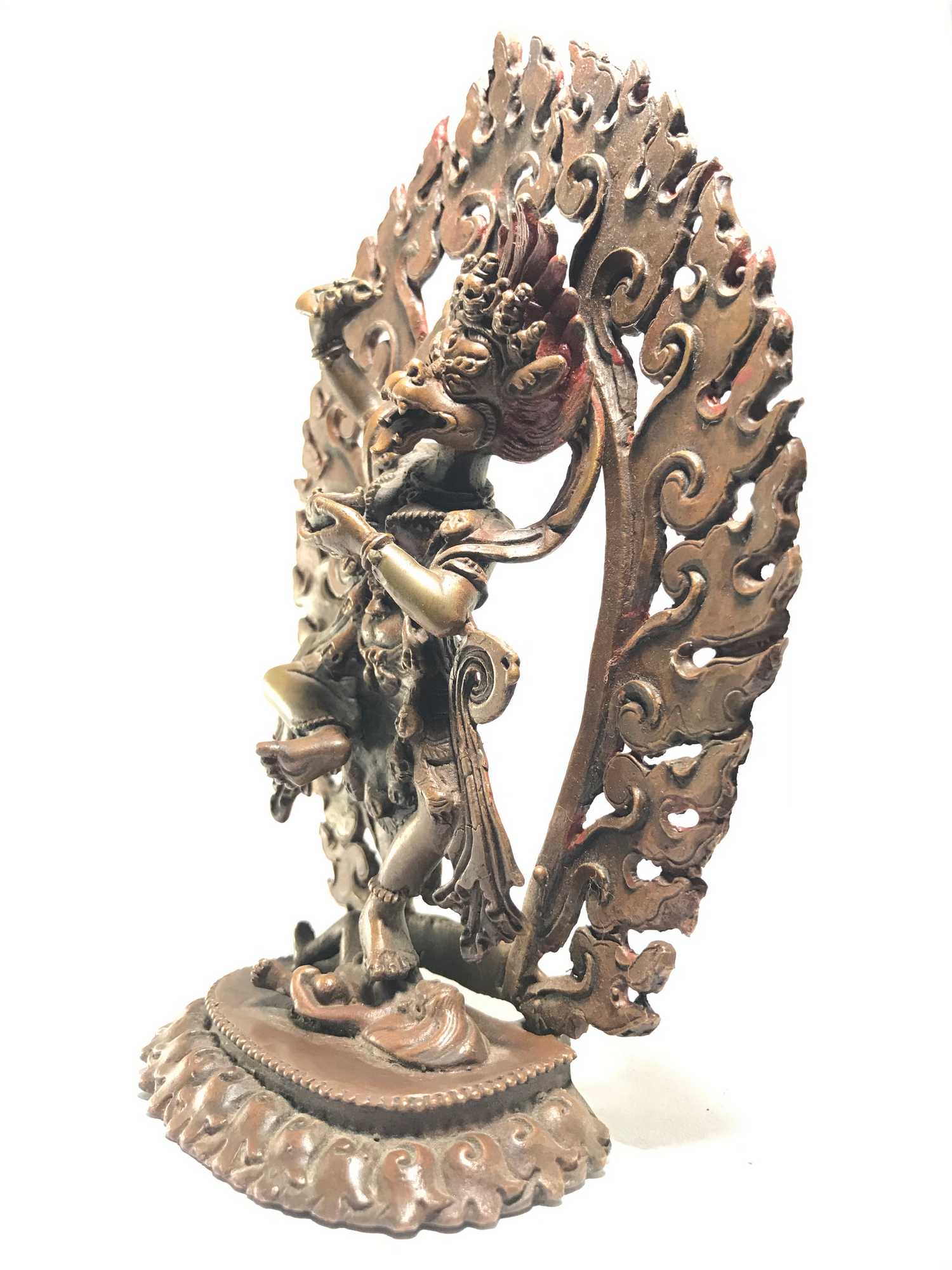 of Simhamukha Yogini, Senge Dongma Chocolate Oxidized" title="Statue
of Simhamukha Yogini, Senge Dongma Chocolate Oxidized" title="Statue 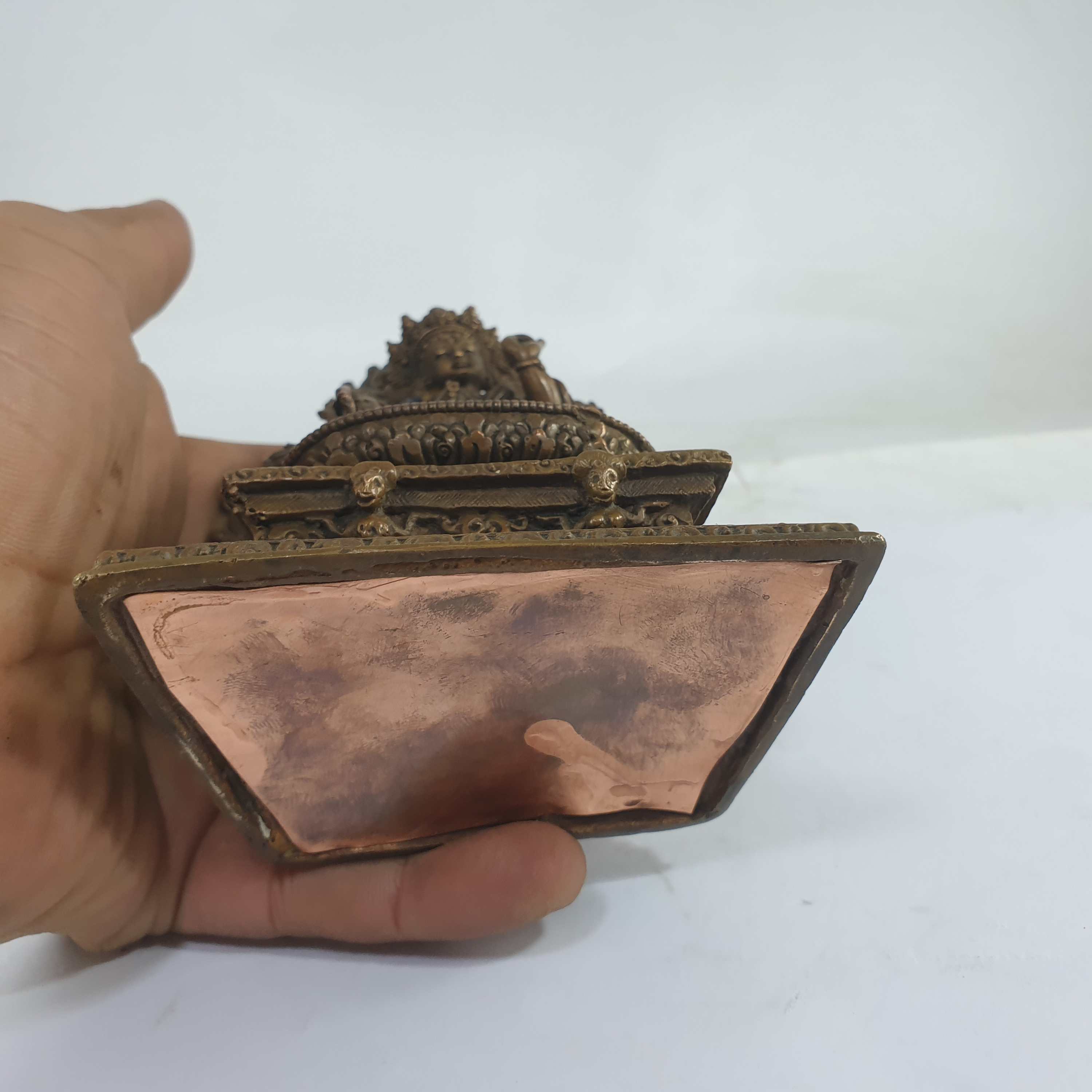 of White Tara On A Thrown
of White Tara On A Thrown 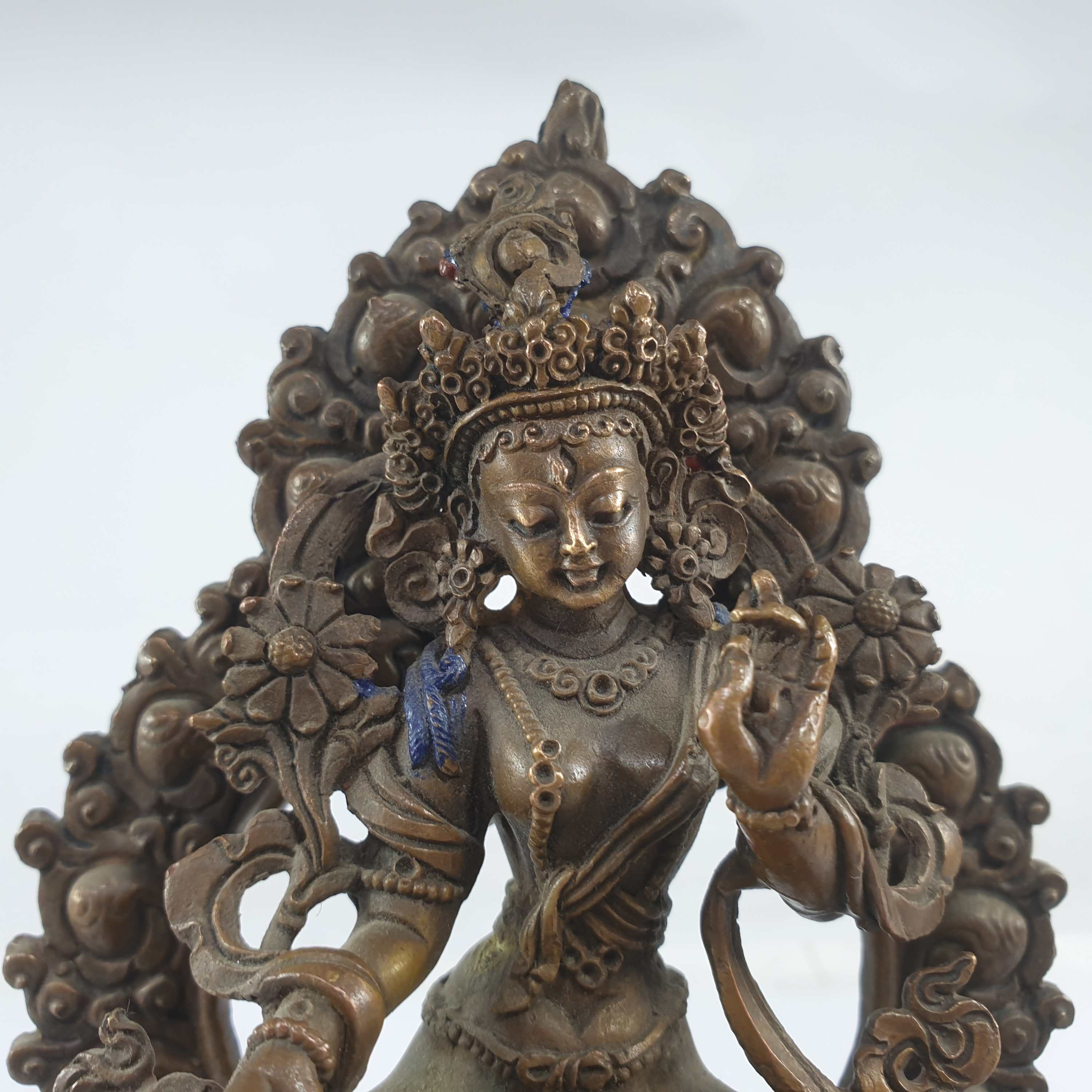 of White Tara On A Thrown
of White Tara On A Thrown  of Akash Yogini, Vidyadhari, Oxidized" title="Statue
of Akash Yogini, Vidyadhari, Oxidized" title="Statue 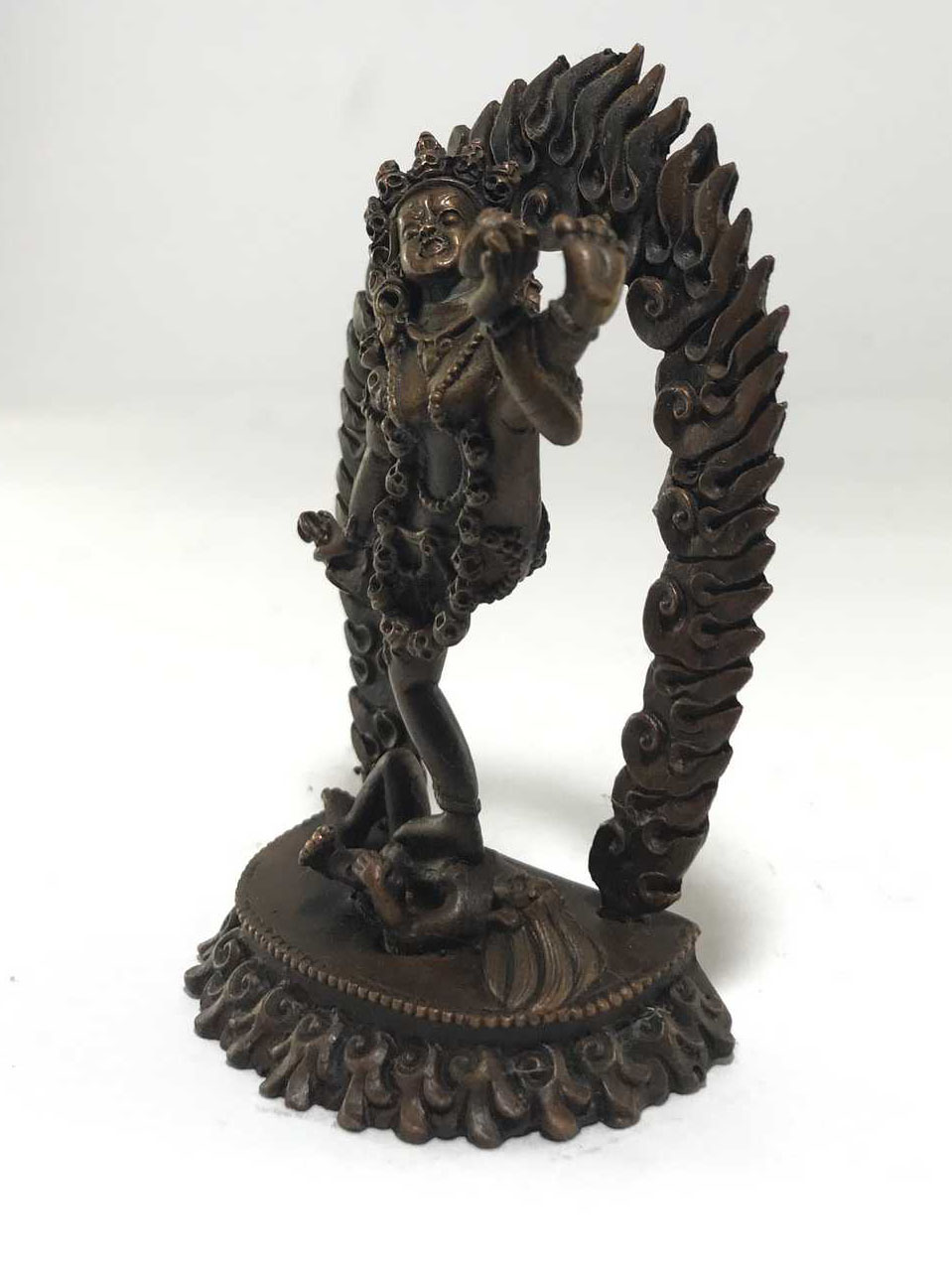 of Akash Yogini, Vidyadhari, Oxidized" title="Statue
of Akash Yogini, Vidyadhari, Oxidized" title="Statue  of Manjushri
of Manjushri 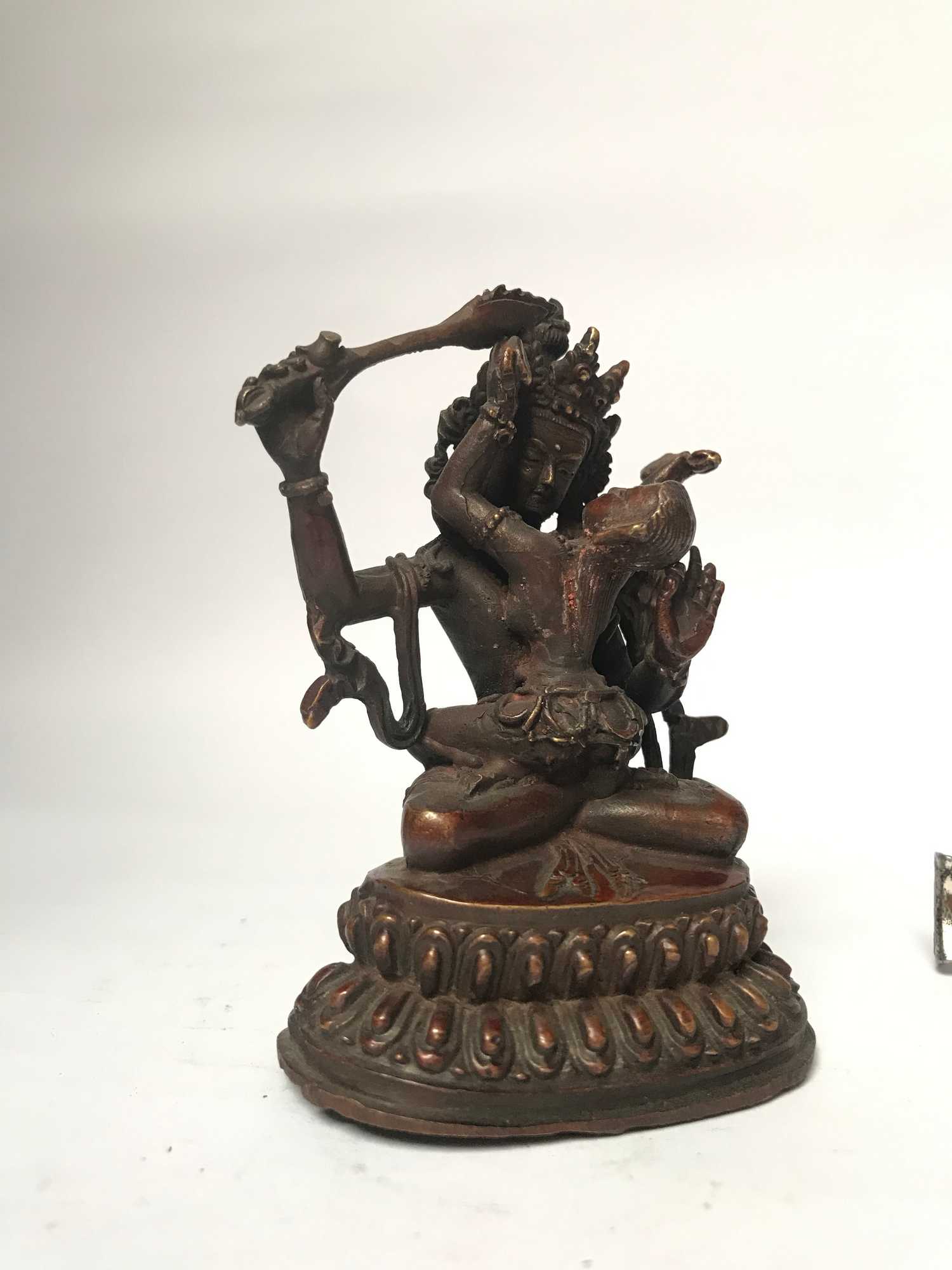 of Manjushri
of Manjushri  Medicine Buddha, Buddhist Miniature Statue,
Medicine Buddha, Buddhist Miniature Statue, 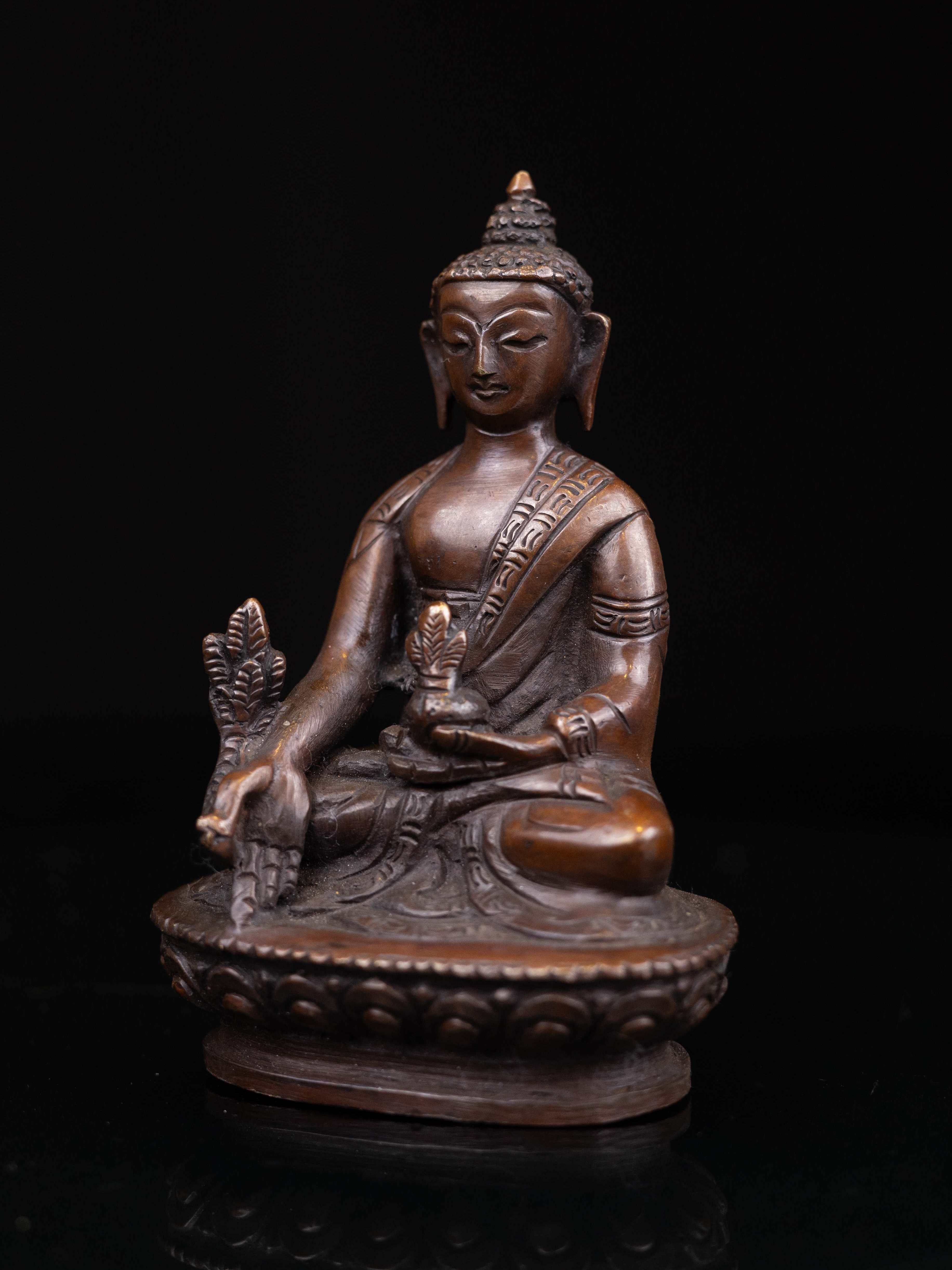 Medicine Buddha, Buddhist Miniature Statue,
Medicine Buddha, Buddhist Miniature Statue, 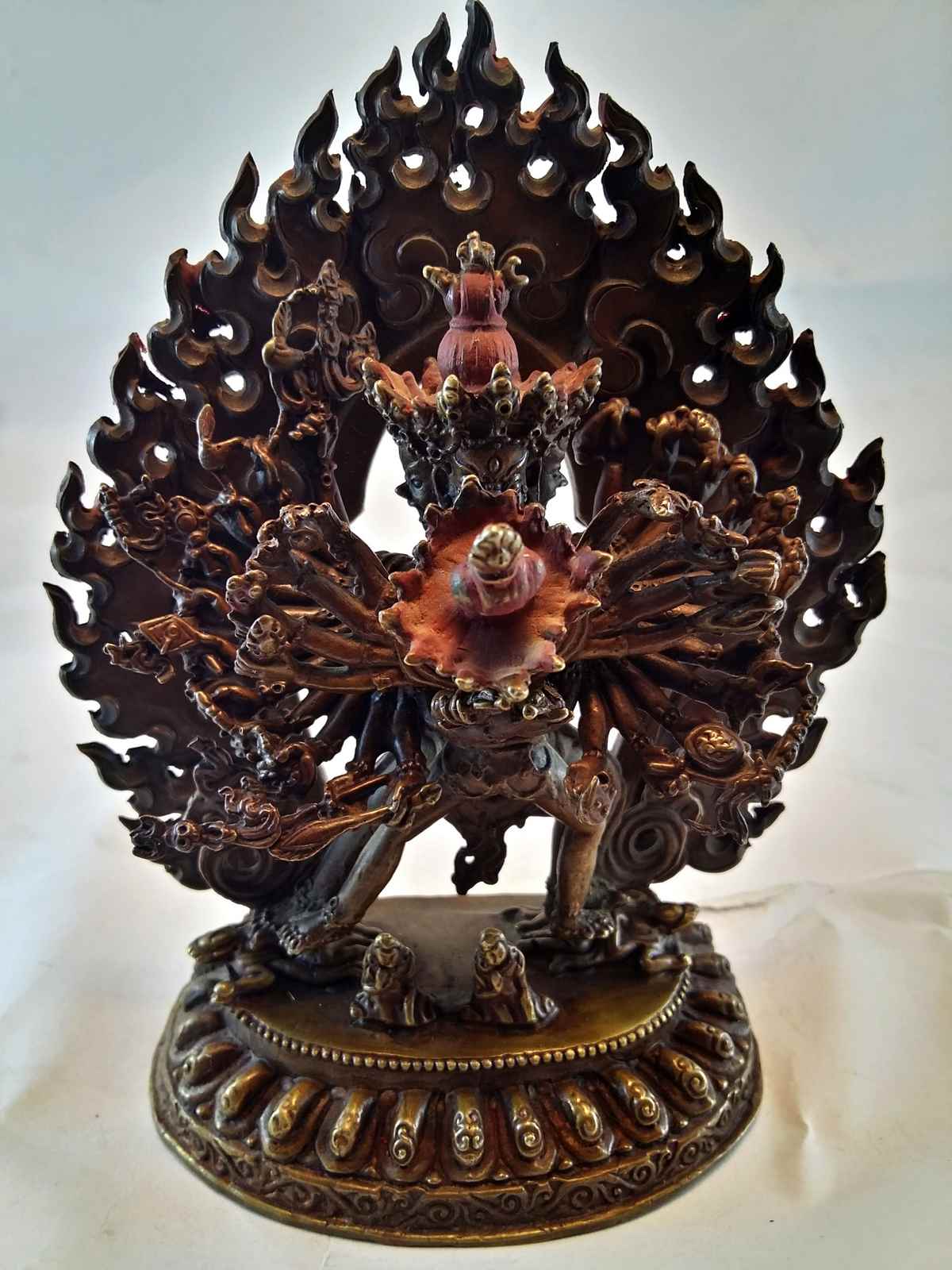
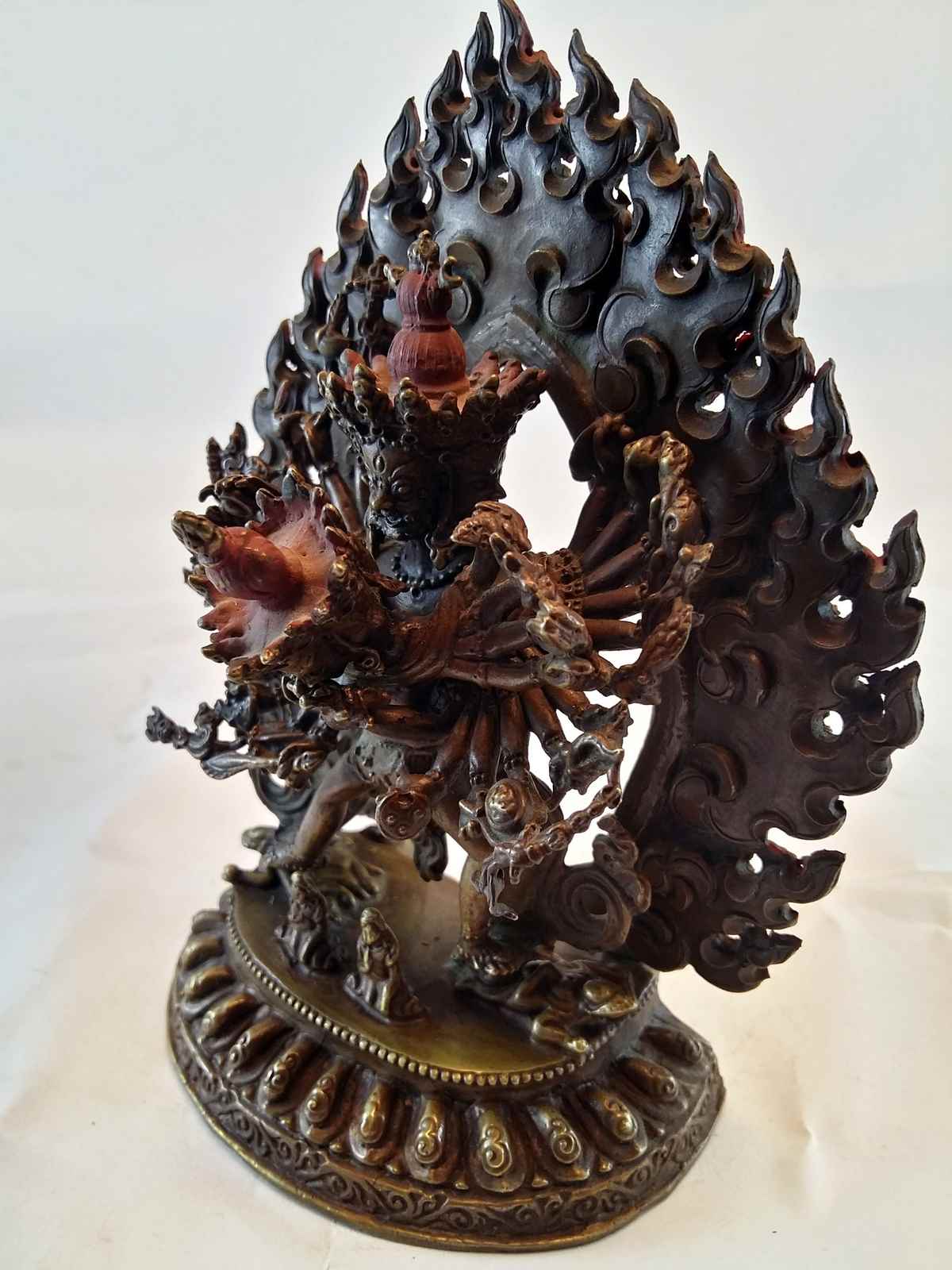
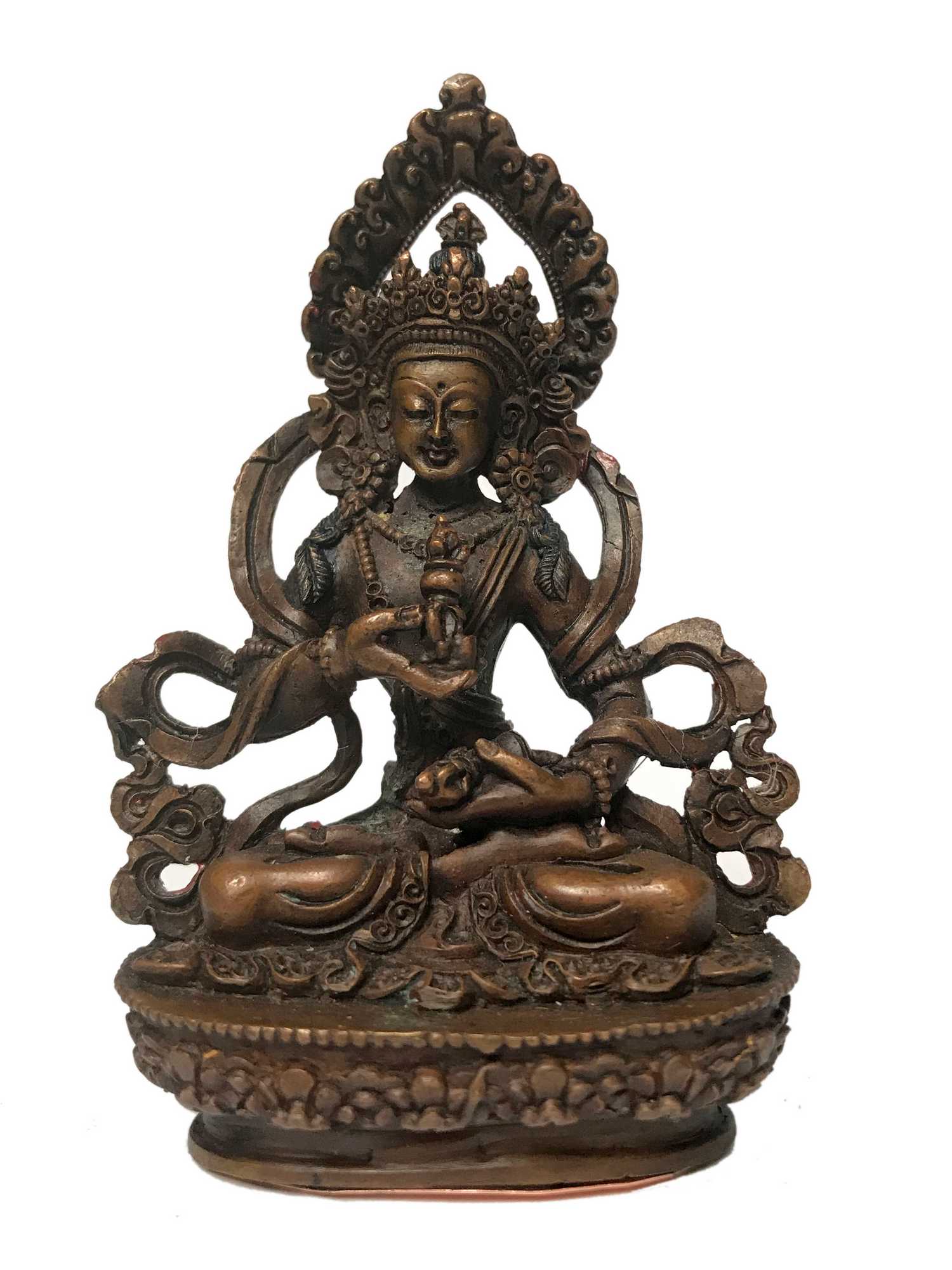 of Vajrasattva,
of Vajrasattva, 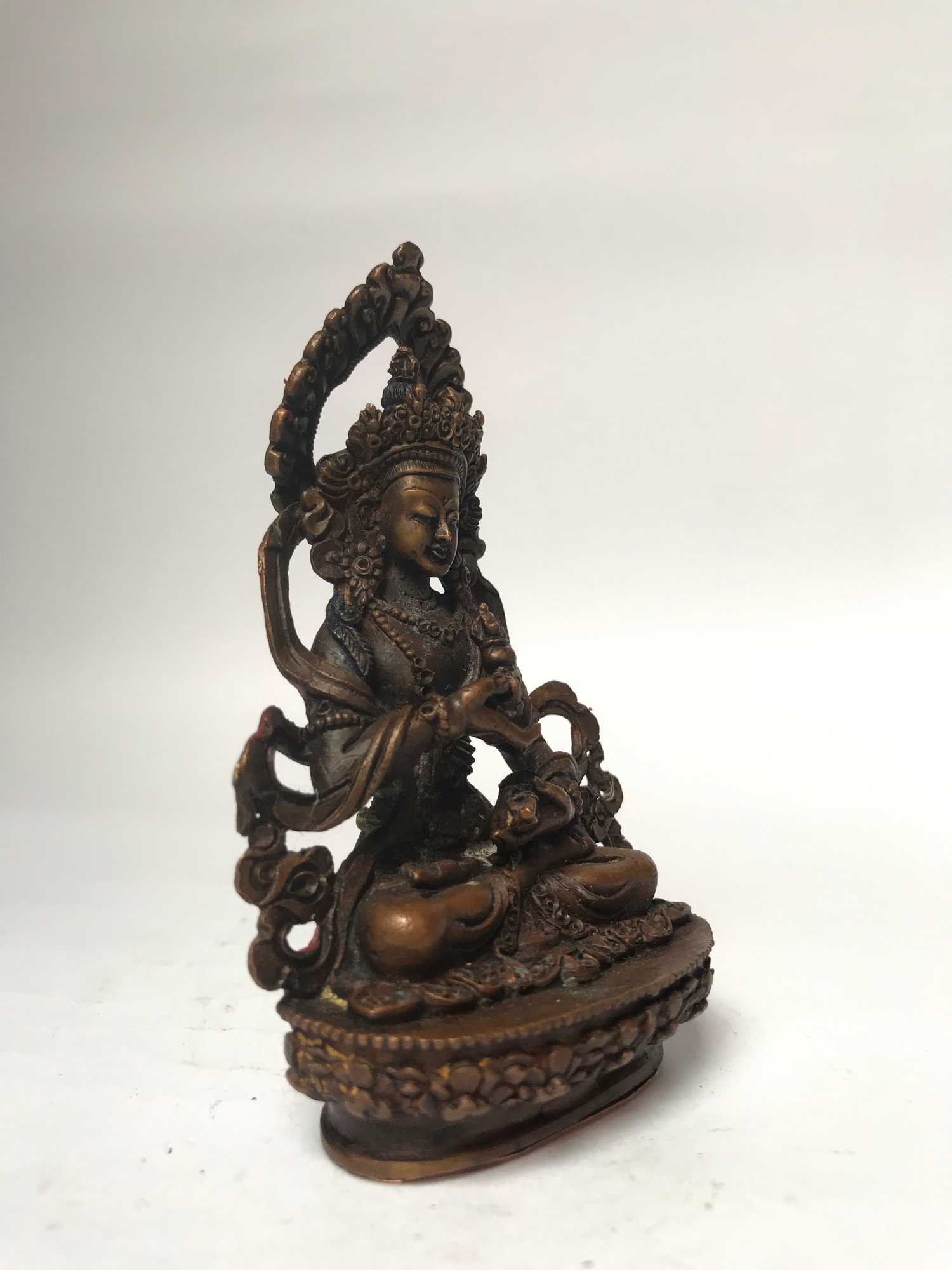 of Vajrasattva,
of Vajrasattva, 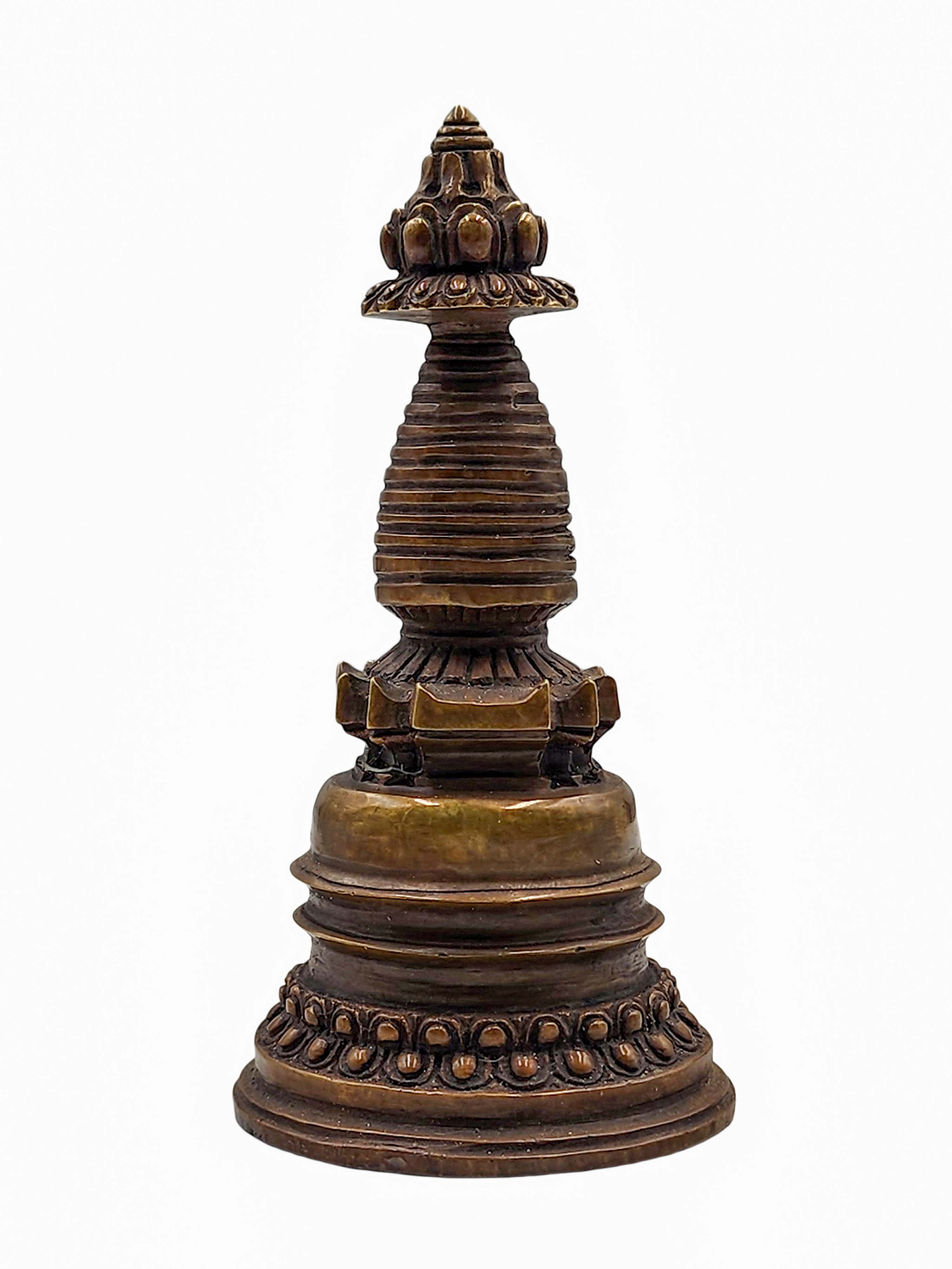 Stupa, Buddhist Statue,
Stupa, Buddhist Statue, 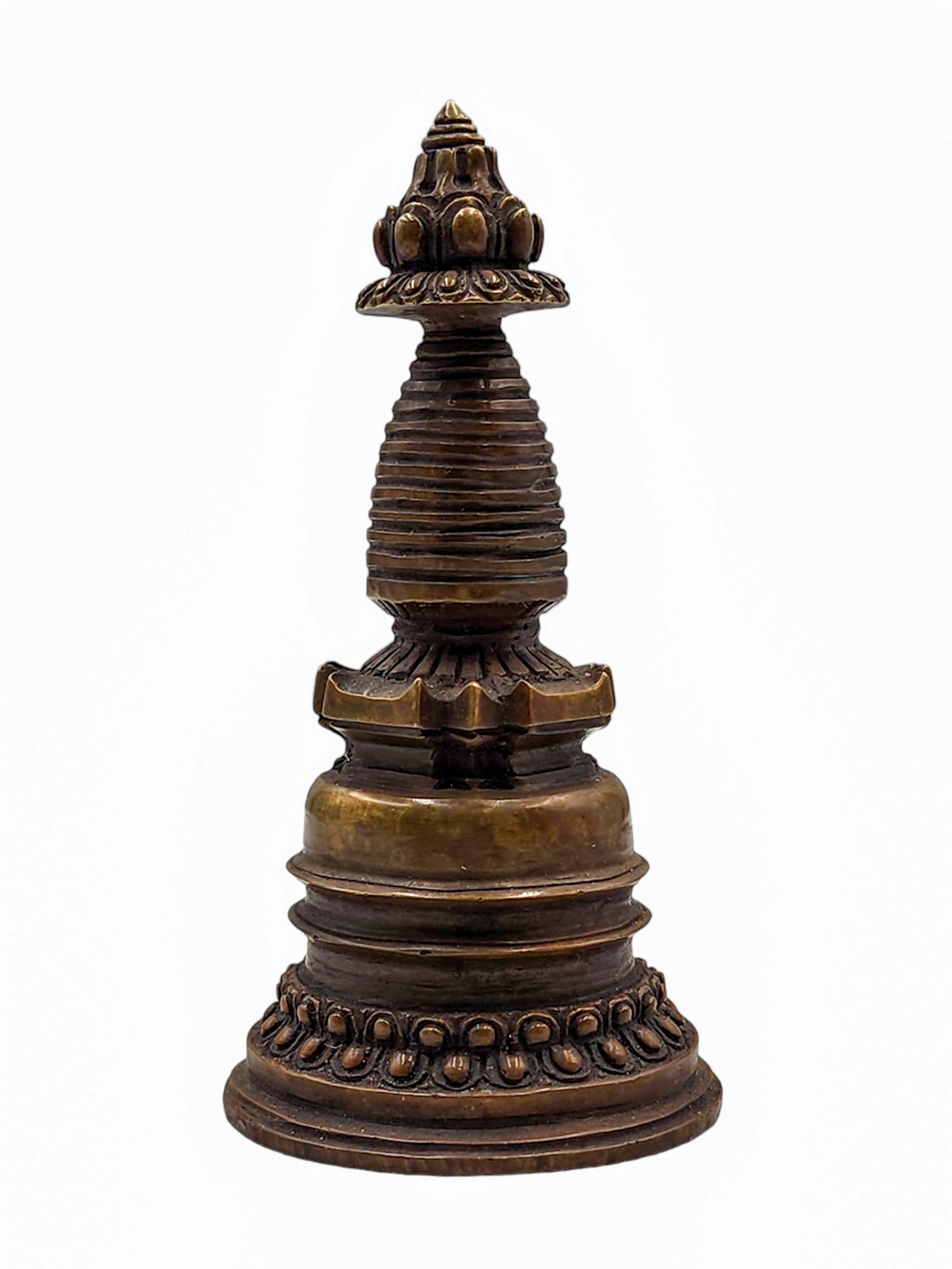 Stupa, Buddhist Statue,
Stupa, Buddhist Statue,